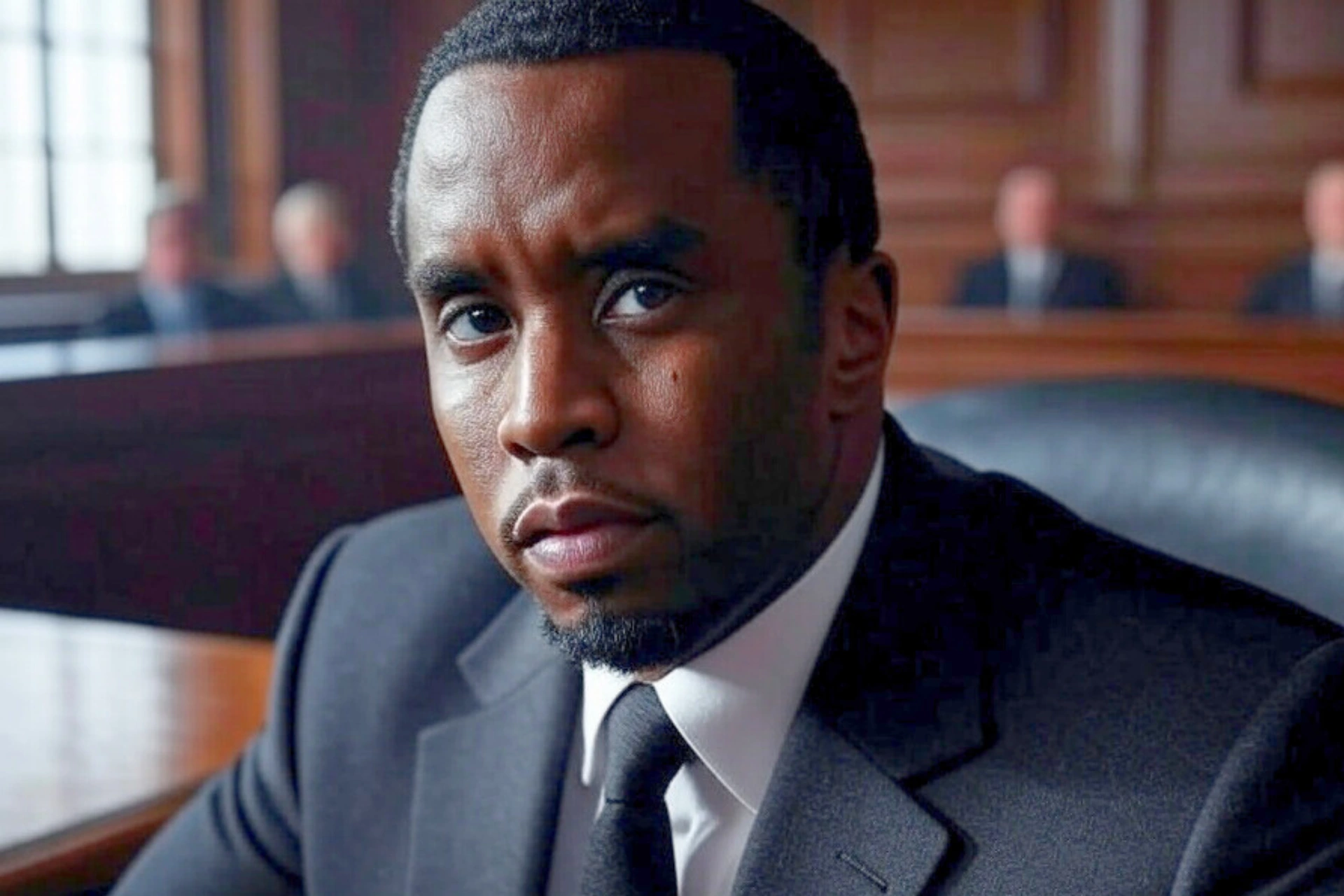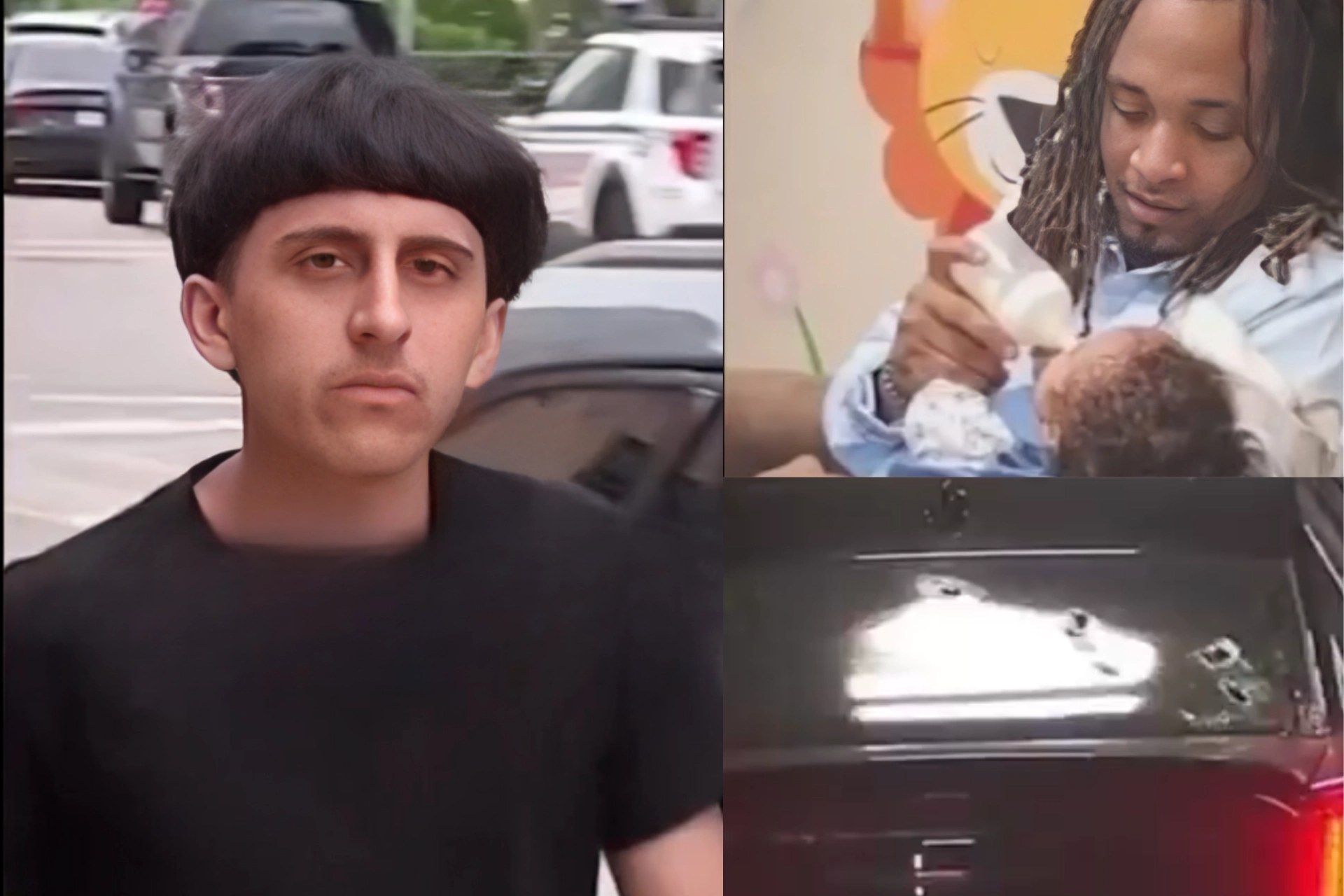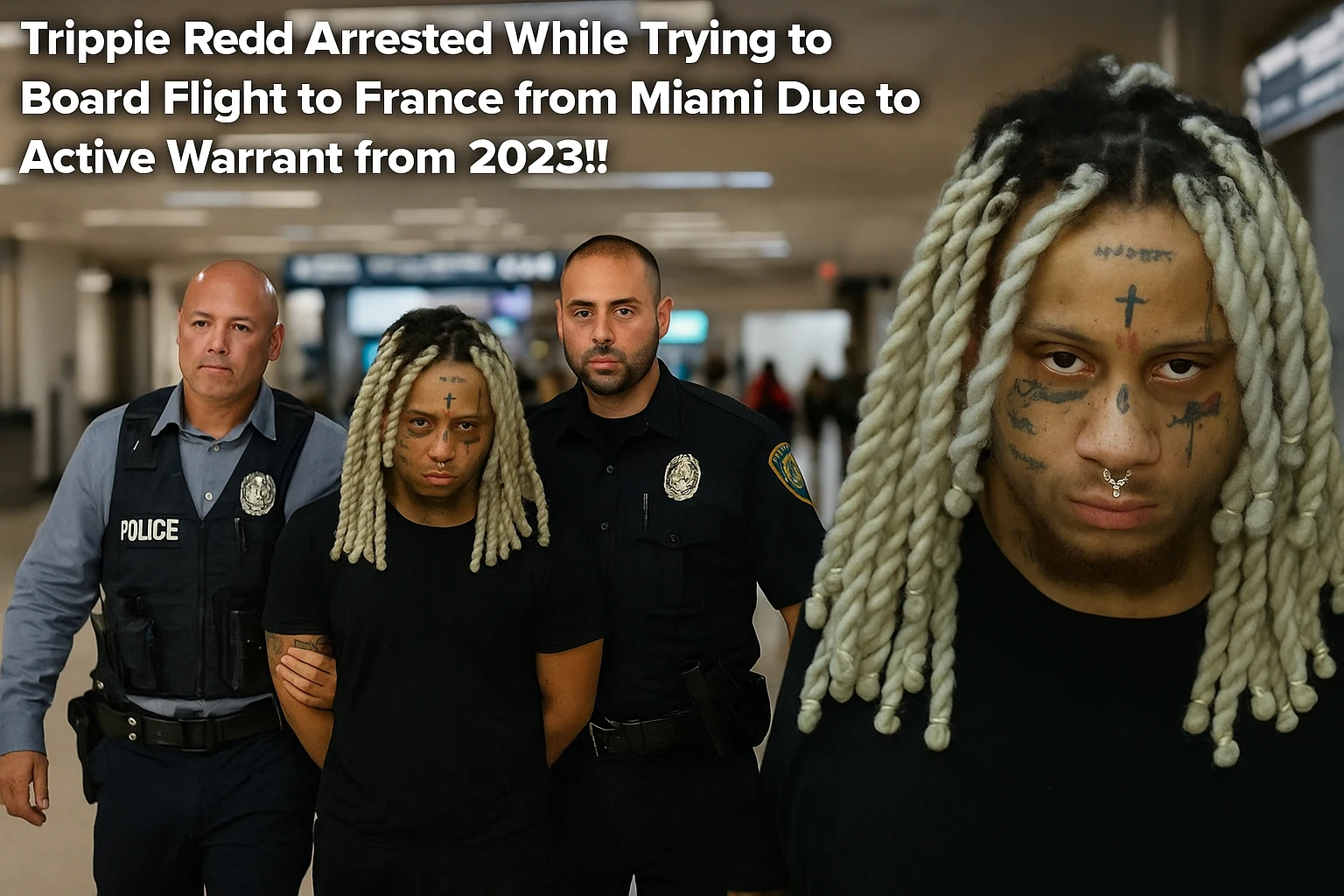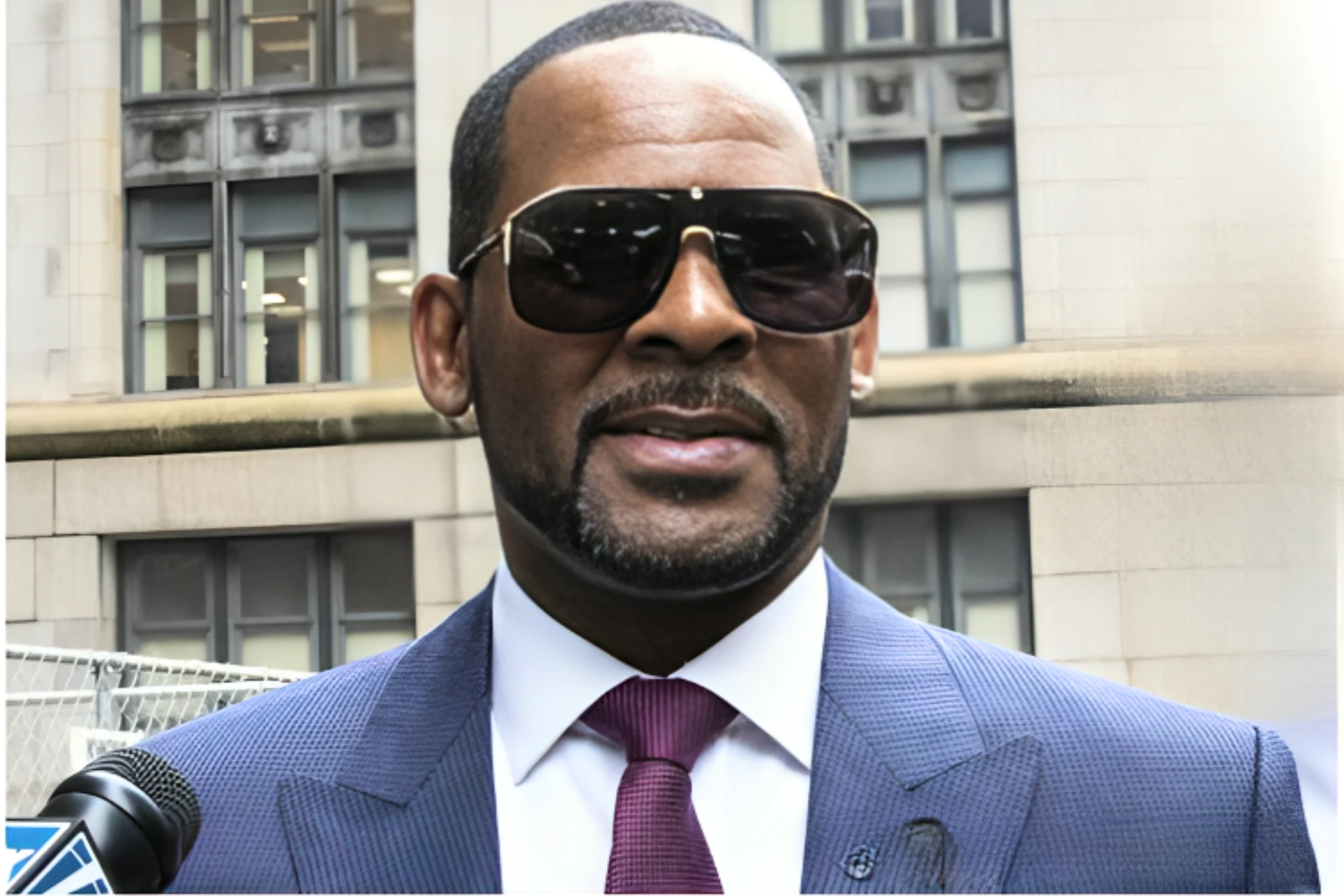The search for truth in the Diddy trial has taken a complex turn, as conflicting witness accounts and clarifications on crucial evidence challenge initial perceptions of the high-profile case. Sean Combs, the music mogul, is currently on trial facing serious charges including sex trafficking and racketeering, with allegations centered around coerced participation in drug-fueled parties known as “freak-offs.” The proceedings, which commenced on May 12, 2025, are ongoing, with the prosecution reportedly nearing the conclusion of its arguments.
Combs is currently facing serious federal charges, including sex trafficking and racketeering. The case centers on disturbing claims that women were coerced into participating in wild, drug-fueled parties—infamously referred to as “freak-offs.” Since the trial began on May 12, 2025, the prosecution has worked steadily to build its case and is now reportedly approaching the end of its argument phase.
One major point of contention has been the presence—or absence—of drugs in Diddy’s homes. Despite earlier reports suggesting that no narcotics were found during federal raids, agents have now testified under oath that they did seize a variety of controlled substances from Combs’ Miami Beach mansion. According to Homeland Security agent Gerard Gannon, the search turned up cocaine, ketamine, MDMA, Xanax, and even hallucinogenic mushrooms. Supporting evidence included photos, forensic analysis, and even a Gucci bag filled with pills and white powder that tested positive for cocaine and ketamine.
The testimony of Brendan Paul, a former assistant to Combs, added another layer of complexity. Paul admitted to buying drugs for his boss but pushed back against being labeled a “drug mule.” While there was a claim circulating that Paul was caught with just 29 grams of drugs for personal use, that detail hasn’t been clearly confirmed through court coverage. What’s clear is that Paul was granted immunity in exchange for his testimony—a legal move often seen in cases like this, where insider witnesses are key to unpacking what really happened.
The trial has also featured emotional and often contradictory witness accounts that could make or break the prosecution’s case. One of the accusers, Bryana Bongolan, testified that Combs physically assaulted her on a balcony in Los Angeles back in 2016. But the defense produced what could be a critical piece of evidence—a receipt showing Diddy was in New York at Trump Tower on that very day. On top of that, Bongolan left out a bruising incident from her testimony that was included in her earlier lawsuit, explaining the omission as a mistake made by her previous lawyer.
Perhaps the most emotionally charged—and legally pivotal—conflict lies in the differing accounts of the infamous “freak-off” parties. Brendan Paul claimed everything was consensual and that his role was simply logistical. But Cassie Ventura, Combs’ ex-girlfriend and a central figure in the prosecution’s case, painted a much darker picture. Over four days of gut-wrenching testimony, she described being forced into degrading sexual encounters, manipulated with drugs, and emotionally and physically abused. Her testimony stands in stark contrast to Paul’s—and the jury will need to weigh these clashing narratives carefully.





